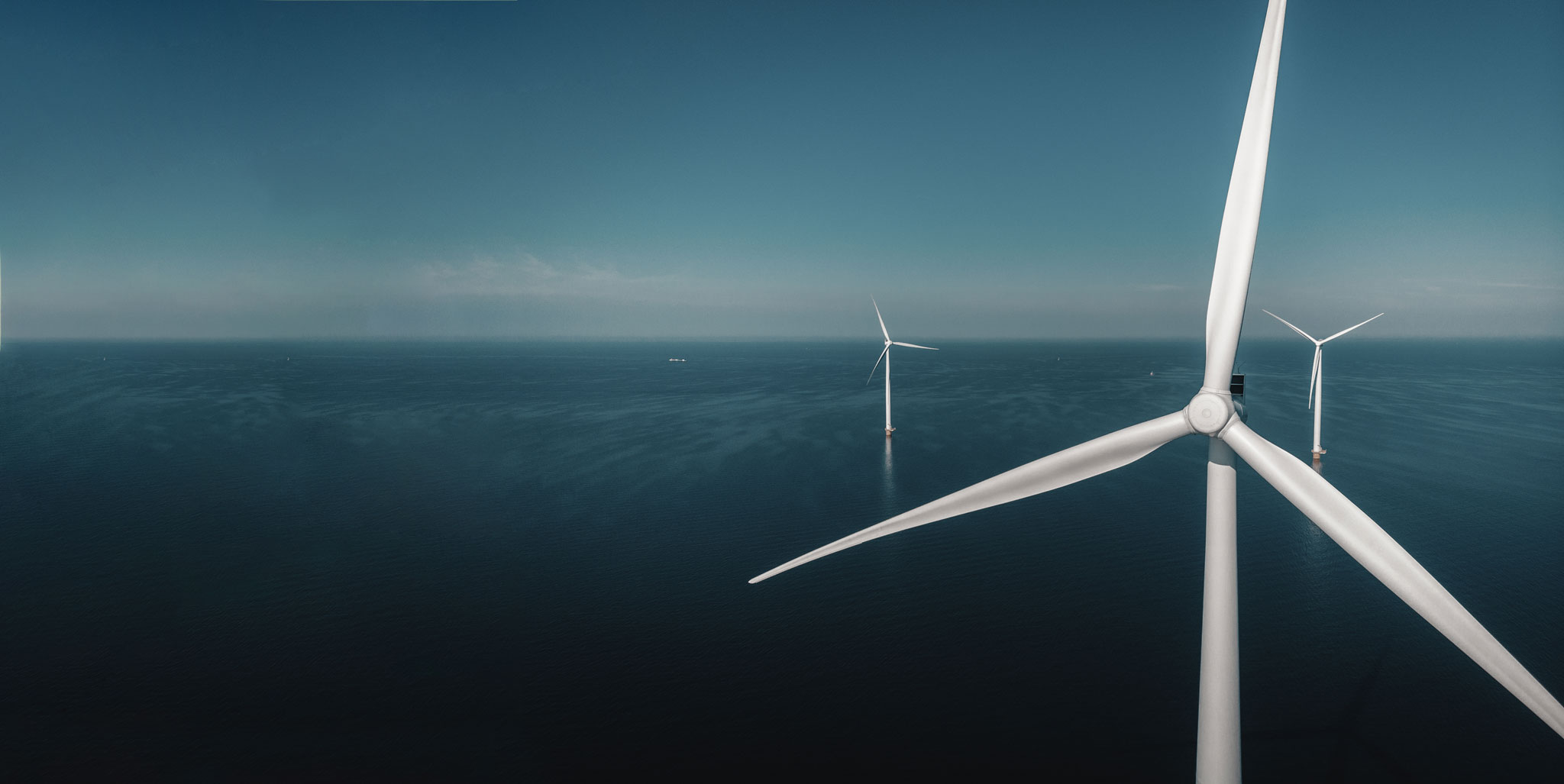Main navigation
Specially designed for you, this tool will help you estimate, step by step, the thickness of the coating to apply and the quantity fo wire to use in all your projects, whichever corrosion classes you work with and the type of wire selected.

* The figure given above is purely theoretical and is given for information only. It therefore does not engage Zinacor S.A. in any way. In practice, you will have to take into account many technical, design and human factors that will increase the quantity to be used.
Get in touch helps us to understand you better
Rue de Chênée 53 (entrée B)
B-4031 Angleur- Belgique
Telephone +3243666471
Get in touch helps us to understand you better
- Technical advices
-
Mechanical galvanising
Mechanical galvanising
Mechanical galvanising is a cold galvanising process through which zinc is mechanically applied onto small metal parts.
The parts to be treated first undergo chemical treatment and then are rotated in a drum with zinc powder, glass beads, water and chemicals. Due to the drum rotation, glass beads spray zinc powder by their impact onto part surfaces. An almost uniform coating is thus obtained, with thickness between 3 and 85µm.
As for the finish treatment, parts can be chromium-plated or oiled.
Mechanical galvanising can be applied on parts with a maximum length of 20cm, and +/-500g, such as bolts, nuts, lock smithery parts (EN ISO 12683 standard).
A mixture of zinc-aluminium can also be deposited using this process.
Other questions
-
Category :Metallising
-
Category :Zinc rich paint
-
Category :Sacrificial anodes
-
Category :Sherardising
-
Category :Hot-dip galvanising
-
Category :Electrolytic galvanising / Electroplating
-
Category :Anti-corrosion performance of different systems
ISO 2063 Standard
Contact


We use cookies to improve your online experience.
For more information, visit our privacy policy


